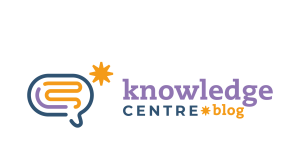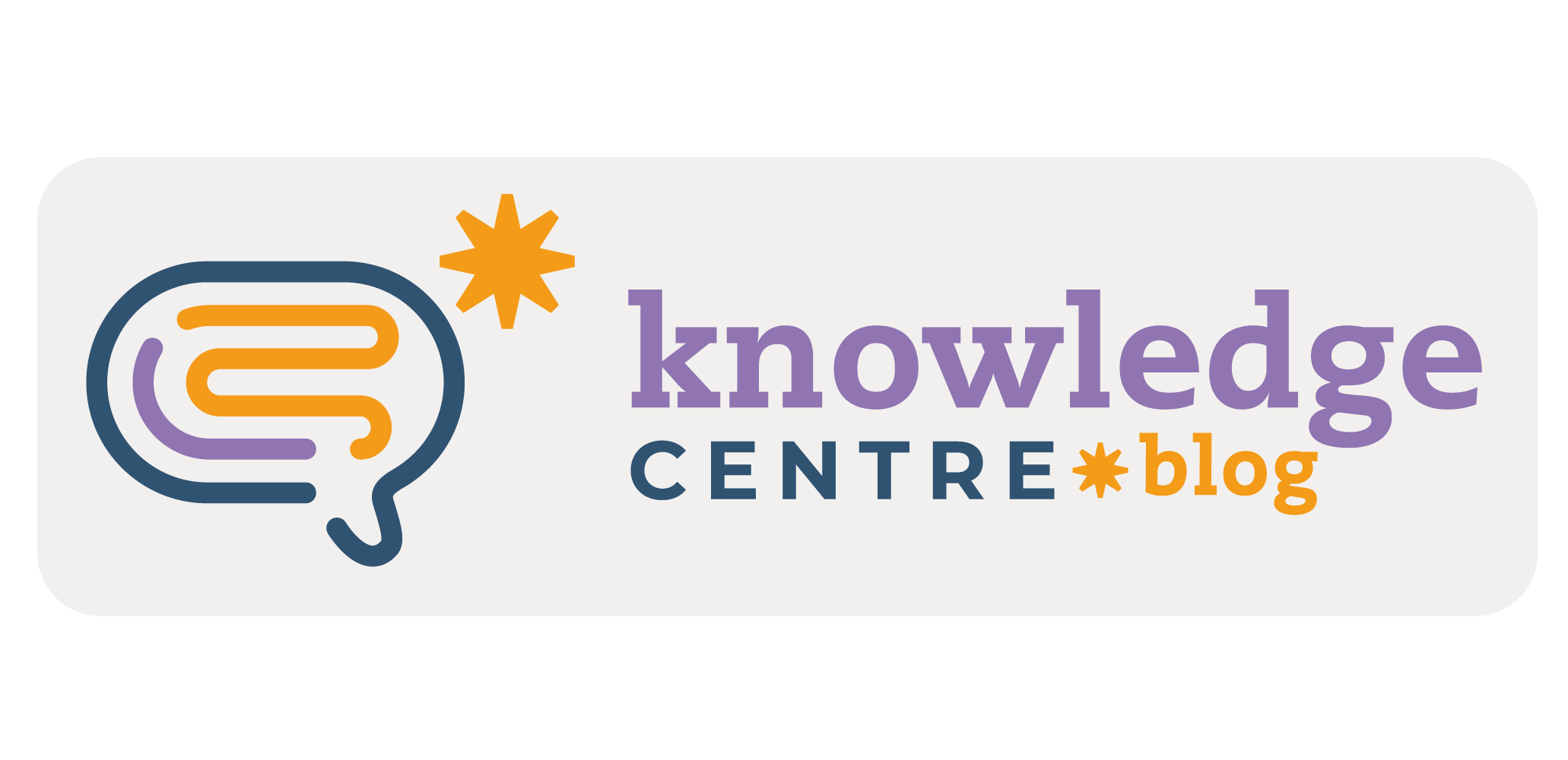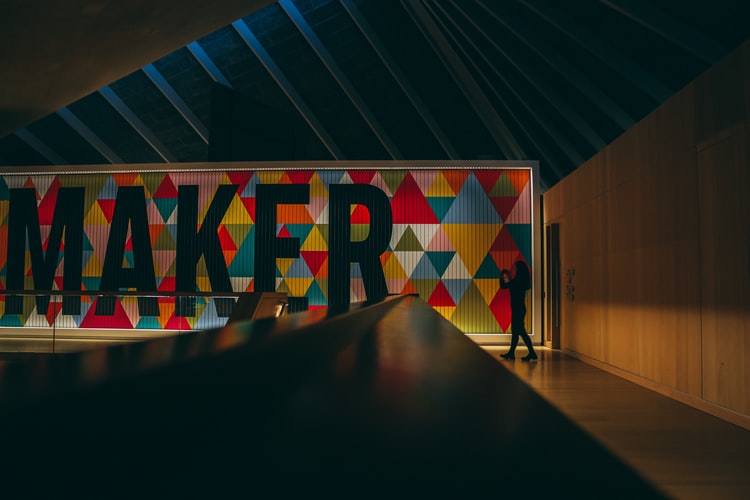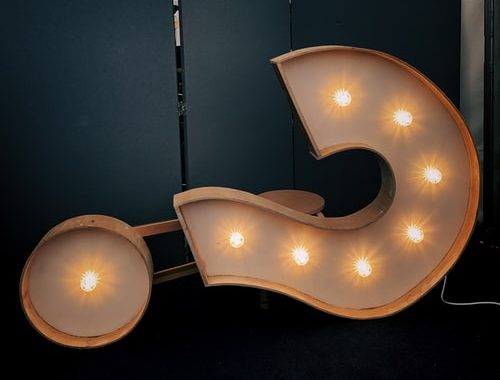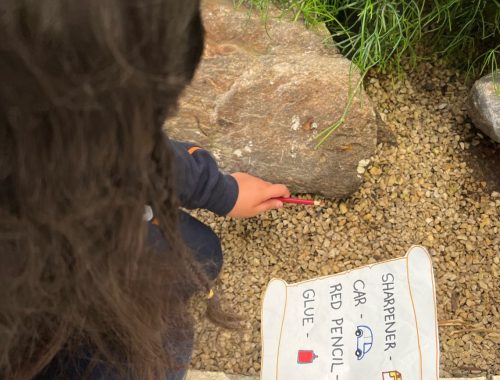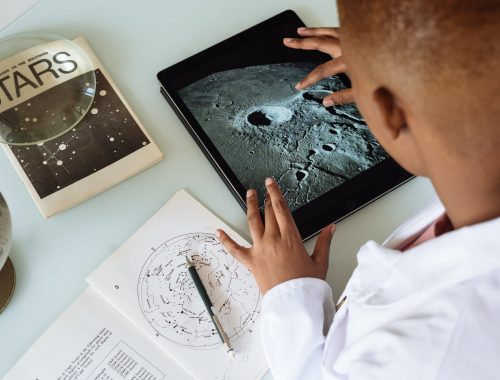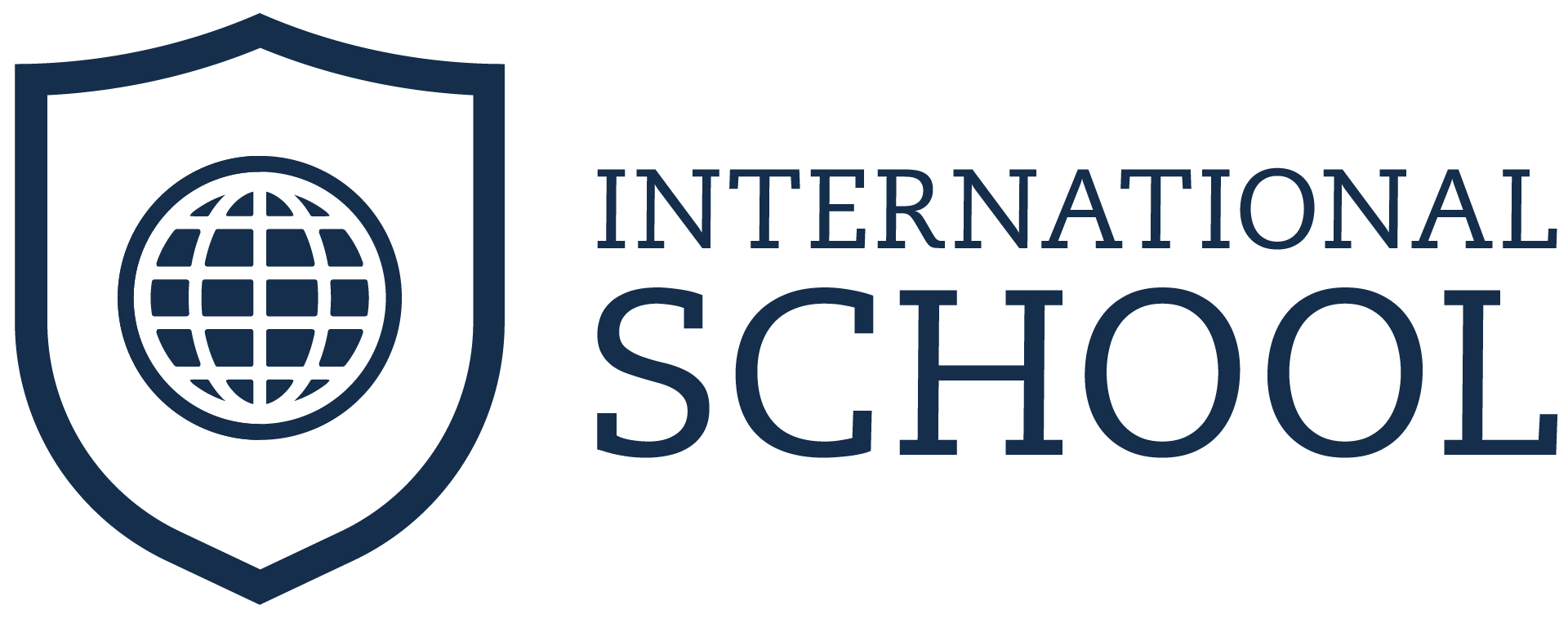Students are not the same from 10 years ago. Some of the main characteristics of today’s learners include being curious and in charge of their own learning process. Because of that, schools all over the world have turned their attention to new educational methodologies, approaches and cultures. The Maker Movement is one of these approaches, a cultural trend that places value on the individual´s ability to create.
Actually, the Maker Movement dates back to the beginning of the 20th century when it was known as the Arts and Crafts subject at school. With the evolution of technology, the term D.I.Y. (Do It Yourself) became popular, especially on YouTube. Papert brought up in his constructivist theory that students’ interactions and experiences would be richer if they were engaged in building public and shareable artifacts. Also, students can benefit by improving their sense of empowerment and resilience, they become less afraid of failure, sharpen their critical and creative thinking, and even promote teamwork.
In this regard, International School’s LearnMakers collection is a complement to the Essential program, and it entails hands-on experiences, PBL, and STEAM, elements present in The Maker Movement.
STEAM (Science, Technology, Engineering, Arts and Mathematics) is an approach which values 21st century competencies by guiding student inquiry, dialogue, and critical thinking. The entire idea surrounding STEAM lessons and the STEAM approach is that it’s based around deep questioning. It brings reality to the classroom by connecting different subjects together. Using STEAM does not mean letting the English language go to the wayside. It allows students to connect their learning in these critical areas together with arts practices, elements, design principles, and standards to provide the whole pallet of learning at their disposal. Students and teachers engaged in STEAM make more real-life connections so that the school is not a place where you go to learn, but instead becomes the entire experience of learning itself. Inquiry, curiosity, being able to find solutions to a problem, and being creative in the finding of the solutions is at the heart of this approach.
However, STEAM is not entirely implemented in the Learnmakers Programme (e.g. curriculum and assessment practices, etc.). Rather, it strongly influences the curricular choices in terms of the content areas which have been contemplated in the different knowledge tracks. In other words, the LearnMakers program introduces an independent STEAM syllabus (i.e. choice of topics and areas to be contemplated in each project) delivered through PBL (Project-Based Learning, i.e. pedagogical/methodological approach).
As for our Little Hands On collection, young learners have the opportunity to learn by cooking, gardening, problem-solving and financial education.
For elementary students, the HandsOn collection includes projects which last 8 lessons. The themes of such projects are Innovation, Social Studies, Science, Mathematics, and Technology. What’s more, students have the opportunity to get acquainted with basic concepts of robotics, mechanics and coding in their Tech Lab classes. Middle school students are presented with the Power Up collection that also involves projects. Learners will develop a project each week and by the end of the month, they will put a big project together.
Overall, the Maker Movement is one of the approaches International School adopted to promote active learning. As John Dewey says, “Education is not preparation for life. Education is life itself”.
How have you been incorporating the Maker Movement in your classes? Feel free to share your good practices and ideas.
By EDC
